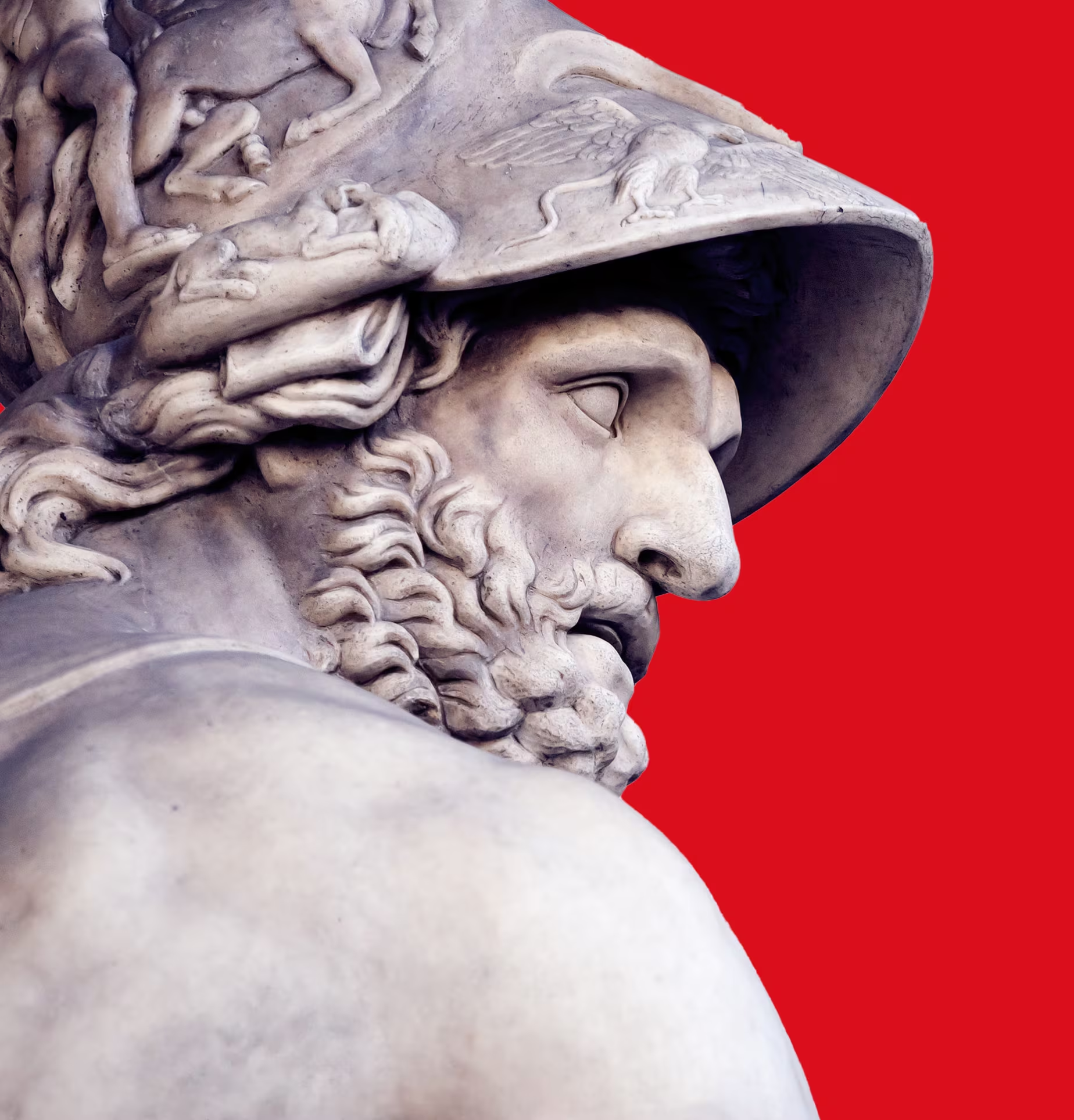
Humans tell Stories
From trickster gods to ghostly warnings, myths endure across cultures. Consider what roles they still play today.
Key Takeaways:
- Myths serve four purposes, according to Joseph Campbell: mystical, cosmological, sociological, and psychological.
- Mystical myths inspire awe and wonder, such as Native American trickster tales or ghostly legends.
- Cosmological myths explain natural phenomena, like Norse thunder gods or celestial stories.
- Sociological myths reinforce cultural rules and behaviors, such as La Llorona’s warning to children.
- Psychological myths offer personal insight and caution, from Narcissus’s vanity to the Tengu’s pride.
Why do we create stories? To understand ourselves, our culture, and our world, and often just for fun. Only some of the stories we tell wind up passed down through the generations–most are forgotten. Those that survive become folklore and mythology and touch on something eternal in our humanity.
People who want to understand evolution read Darwin; people who want to understand mythology read Joseph Campbell. The literary scholar’s work in the mid-twentieth century dove into stories of the world’s cultures, educating much of the English-speaking world about the beliefs of ancient and (to us) foreign societies. But more than that, Campbell had a scientist’s eye for finding common patterns woven into stories from opposite sides of the globe. Whether Appalachian folklore, Greek mythology, or stories about Celtic or Egyptian Gods, oral traditions have followed humans through history.

Do myths have a purpose or are they just a cultural accident?
Joseph Campbell argued that there are four roles myths play, fulfilling a mystical, cosmological, sociological, or psychological purpose.
Myths that play a mystical role center on “realizing what a wonder the universe is, what a wonder you are, and experiencing awe before this mystery.”1 The trickster Coyote of Native American folklore embodies wit, humor, and chaos. He outsmarted the other gods to steal fire and provide it to humans, and tried to invent his own type of human out of clay but failed because he just couldn’t stop laughing.2 Coyote, ghost stories, the Greek Apollo, and the American Yeti are all stories of awe-inspiring creatures that remind us how bizarre and wonderful this world can be.

Medea’s story was first told by the Greek poet Hesiod, a contemporary of Homer, in his epic work Theogny (c. 700 BC). The sorceress Medea, granddaughter of the sun god Helios, fell in love with the hero Jason and helped him to steal the fleece of a golden ram from her father. Medea and Jason had two sons, after which he abandoned her. Medea murdered their children and Jason's new bride in a dreadful act of revenge. Image courtesy The Metropolitan Museum of Art.
Myths that play a cosmological role try to explain how the universe works. These are pre-scientific stories that societies develop to understand natural phenomena, such as weather, the sun, the moon, and the night sky. Think of the Norse mythology belief that thunder is the sound of Thor riding his chariot into battle, wielding his hammer.3 These kinds of myths have mostly died out in the Western world as modern science has taken their place. But cosmological myths live on in many societies around the world and even in some modern day conspiracy theories.
Sociological myths are focused on defending or advocating for some social rule or order. The story of La Llorona is a sociological myth that will be familiar to people who grew up in areas with a large Mexican population. La Llorona was a mother who went into a fit of rage and drowned her children in a river and so is condemned to wander the sides of waterways, wailing in despair for all eternity. If she comes across a child near the water at night, she’ll drag them to a watery grave.4 Throughout the Southwestern U.S., countless children heard this story to keep them from playing in drainage ditches in the evening.
Psychological myths are those that give us self-insight or a guide to our own lives. The Greek Narcissus became so mesmerized by his good looks that he gazed at his reflections until he starved to death, thus warning us about the dangers of vanity. Japanese folklore warns against excess pride with the story of the Tengu, arrogant men who have been reincarnated as mountain goblins and spend their days punishing the overconfident or abusive. These stories are fundamentally pedagogical, urging us towards or away from particular behaviors or ways of thinking.
What myths persist in the modern world? We previously mentioned conspiracy theories. Believing the direction of human society is controlled by the whims of gods on Mt. Olympus may not be that different from believing that the direction of human history is controlled by secret cabals of Illuminati lizard men. In astrology, many believe that Mercury and Saturn still intervene in our lives, but now through their position as planets instead of through their actions as human-like deities. And the “reclusive monster” myth hasn’t gone anywhere, though regions differ in how they describe this beast (Loch Ness, Chupacabra, Bigfoot, Skinwalkers, Megladon).
What stories are passed down in your family?

A sōmen is a mask that is used to cover the whole face and was part of Japanese armor of the Edo period. As early as the 15th century, masks were being created with human features, but during the Edo period, armorers set their imaginations free, creating masks of fierce gods to comical folk characters. In Japanese folklore, tengu live in the woodlands of high mountains. The two primary forms of tengu—Karasu Tengu and Ko no ha Tengu—have birdlike heads with strong beaks in the former, and a human face with a disproportionately long nose in the latter. Image courtesy The Metropolitan Museum of Art.
References
1 Campbell, Joseph, et al. The Power of Myth. Turtleback Books, 2012.
2 Leeming, David. "Coyote", Oxford Companion to World Mythology, Oxford University Press, USA, 2005.
3 “The Hammer of Thor: A Weather Folklore” Farmer’s Almanac.
4 “La Llorona – Weeping Woman of the Southwest” Legends of America.
Build your practice of daily discovery.
7 days free.

Sign up for more bites of curiosity in your inbox.
Ongoing discoveries, reflections, and app updates. Thoughtful ways to grow with us.






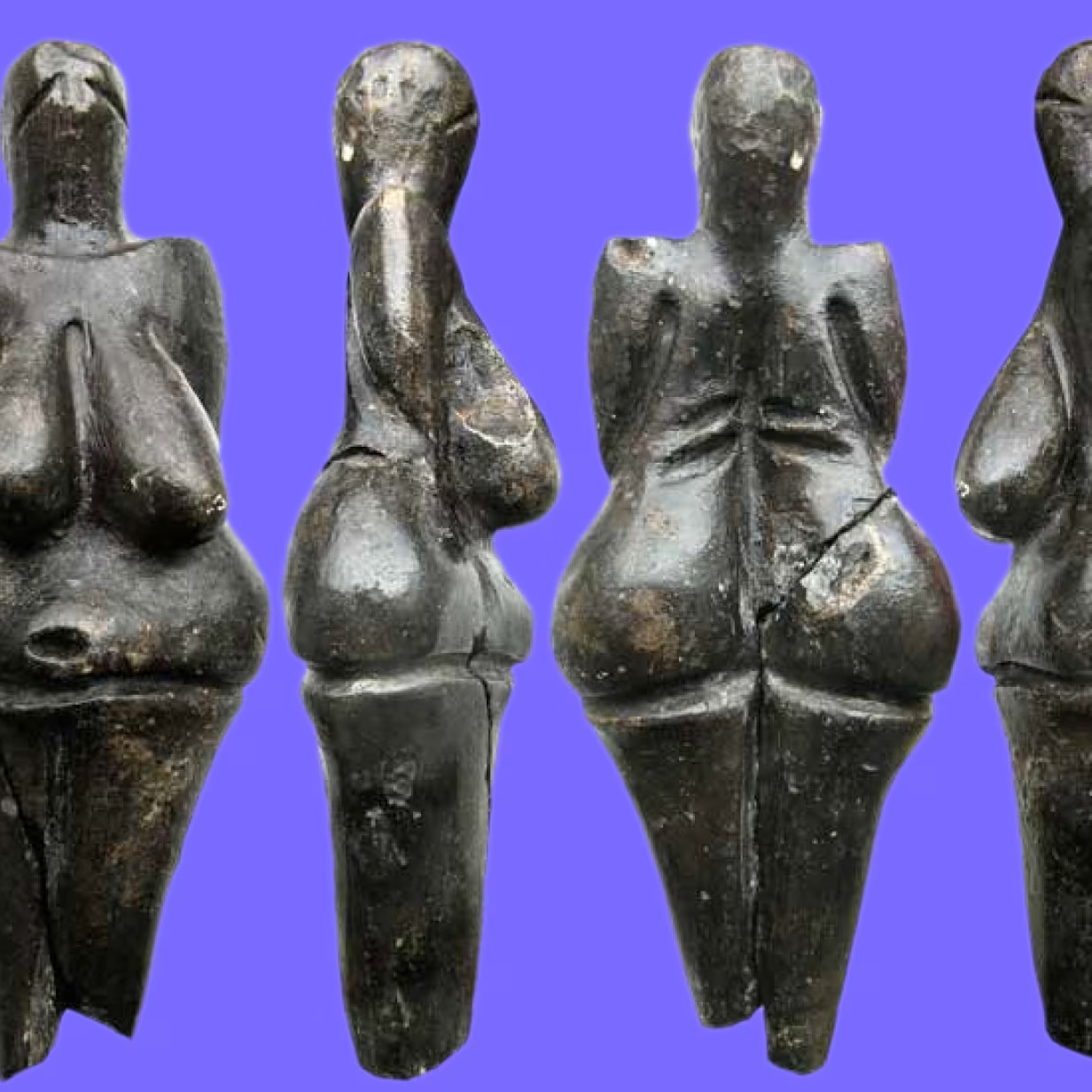
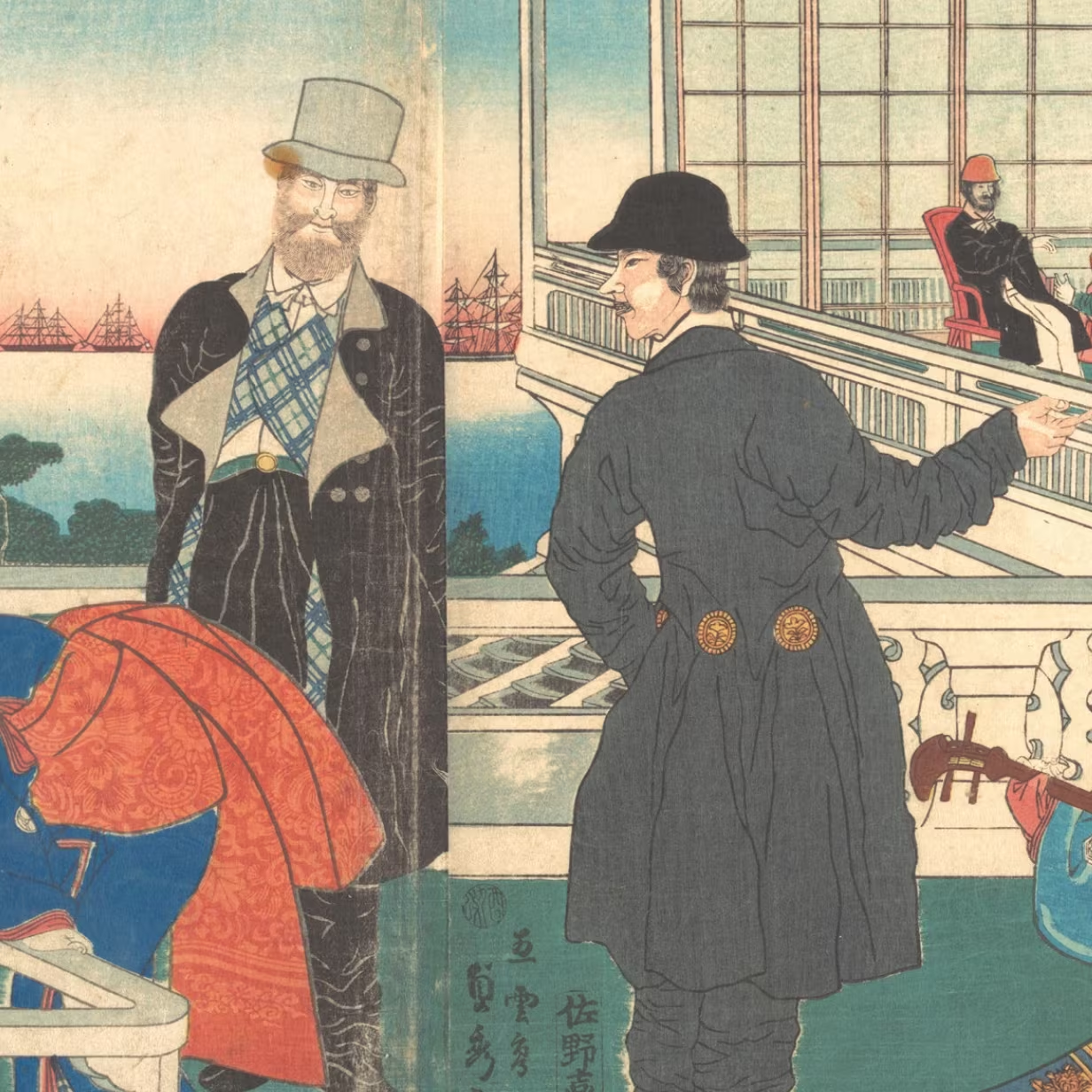
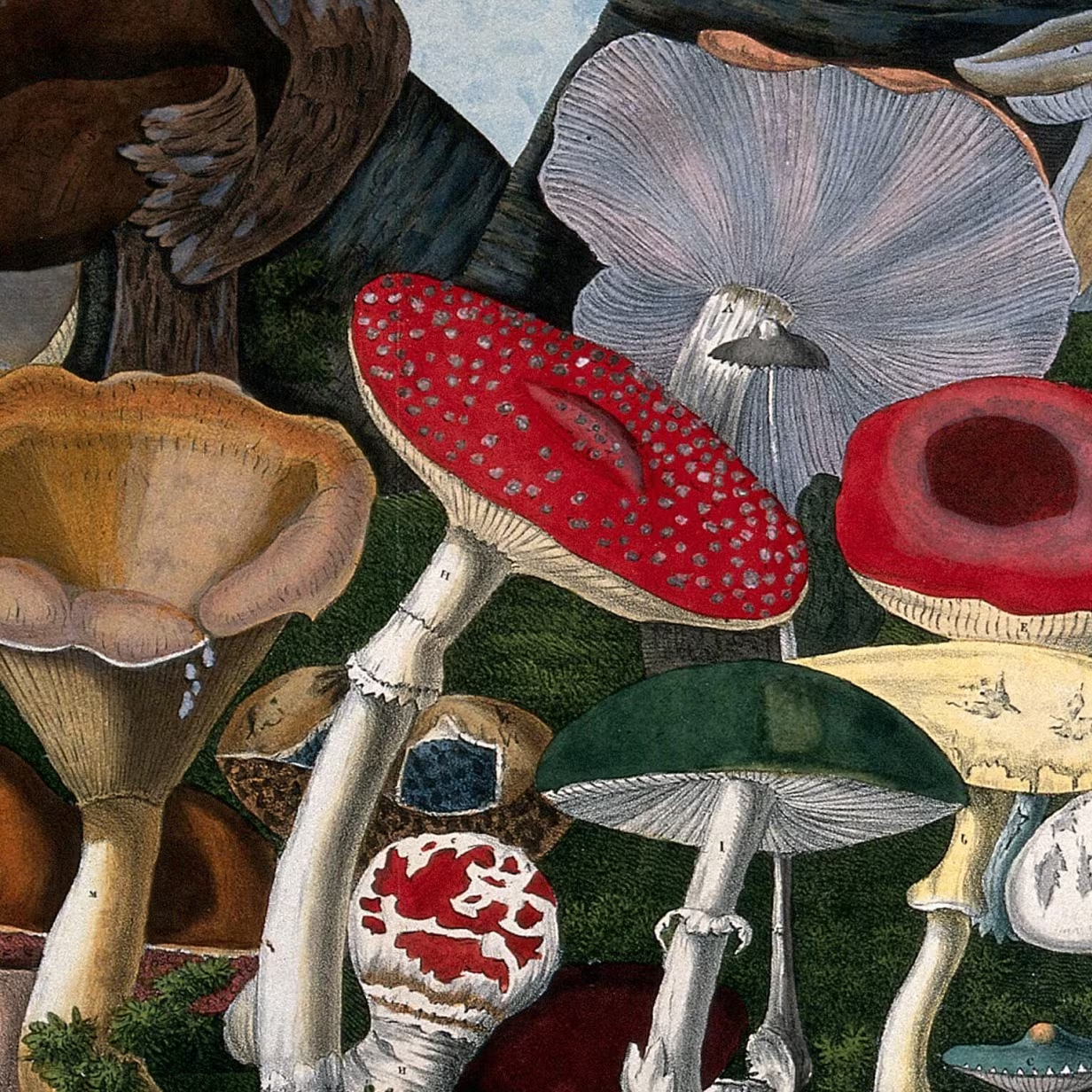



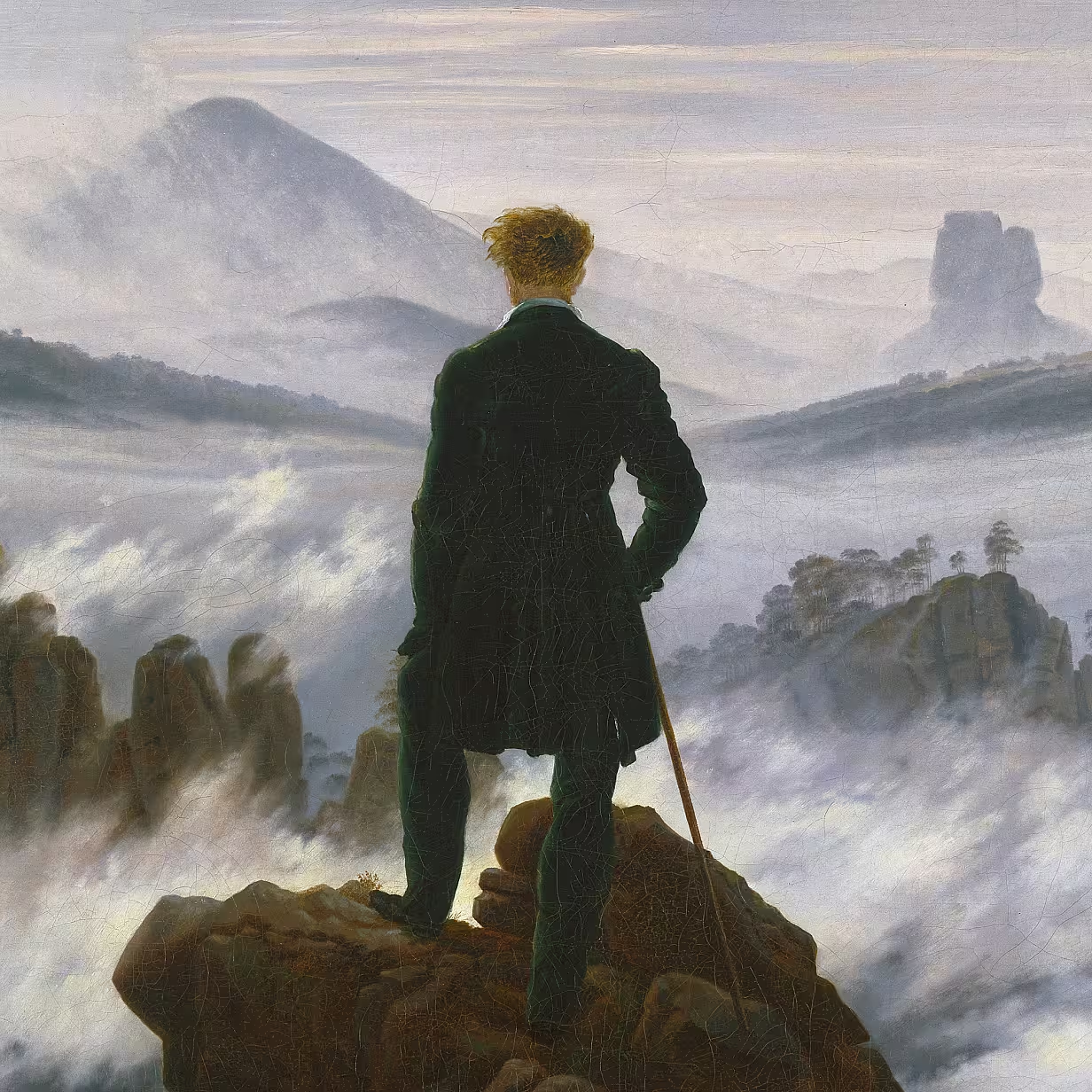




.svg)


